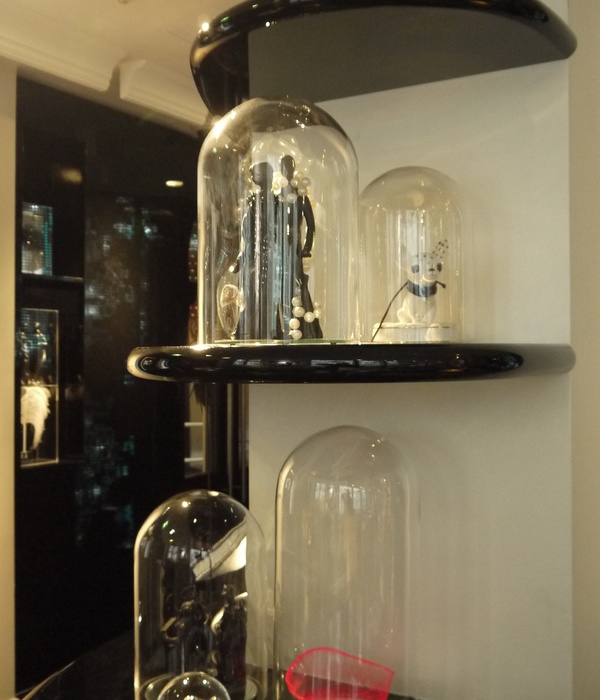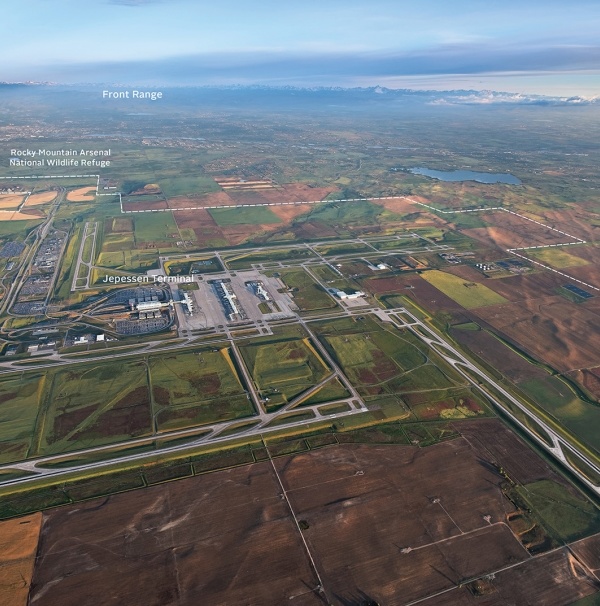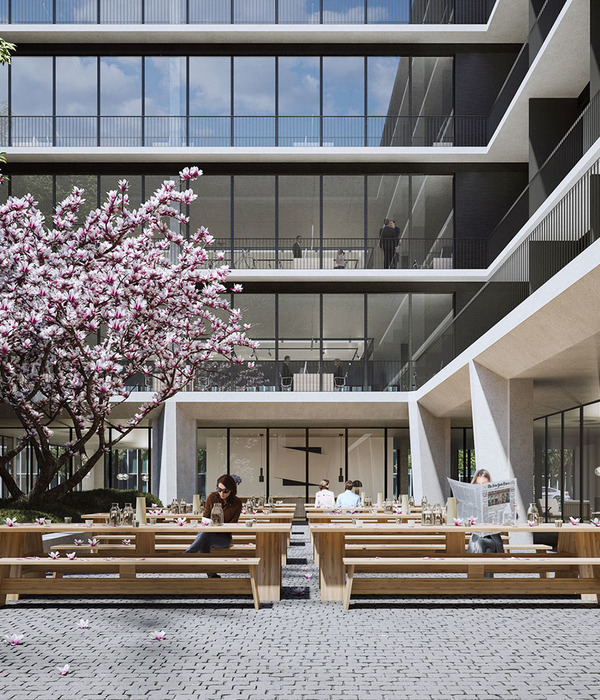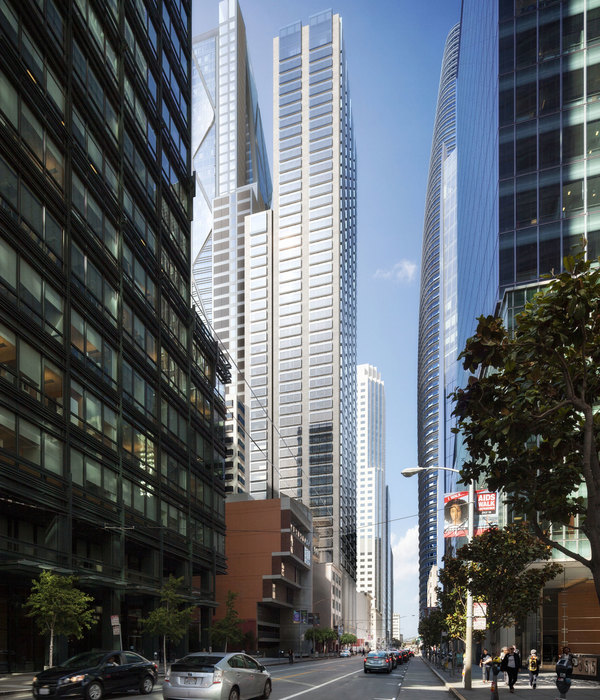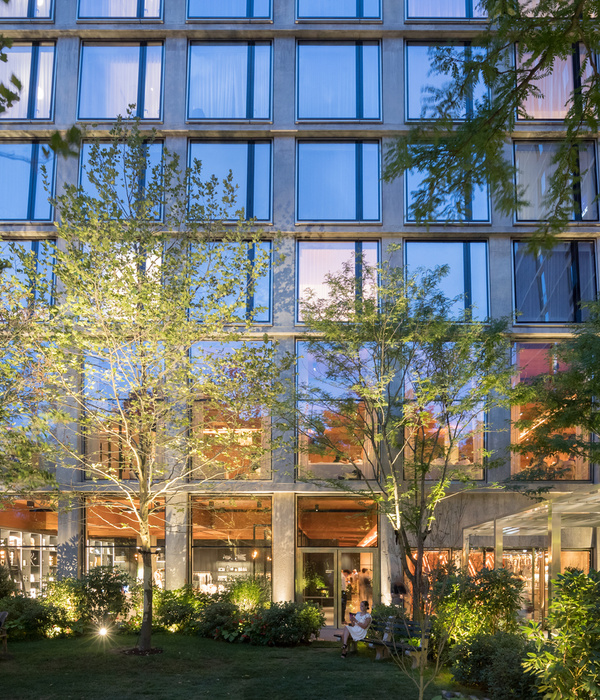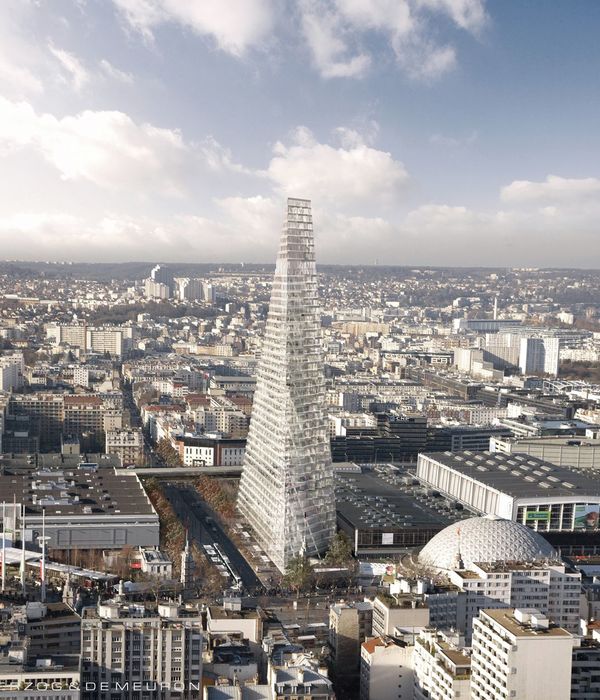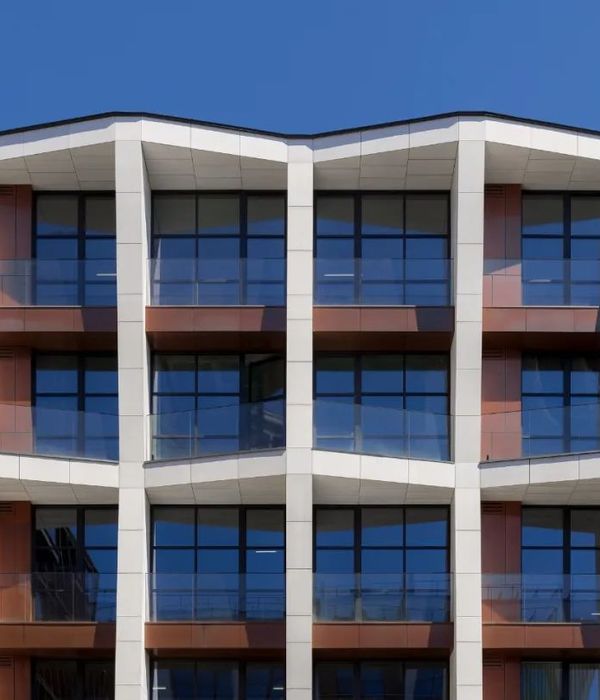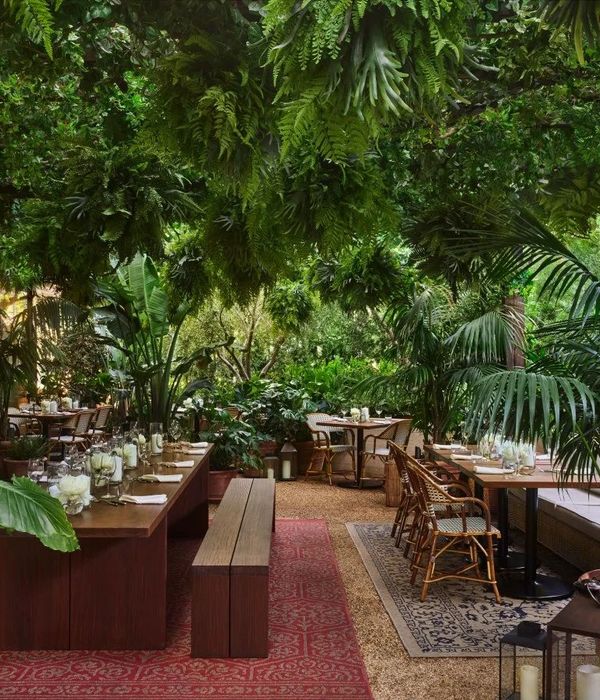Architects:DL Atelier
Area:207m²
Year:2021
Photographs:Yumeng Zhu,Xi Youji Studio
Manufacturers:Armstrong,LG
Design Team:Yang Liu, Yewen Ding, Mohuai Hu
Structural Design:Xuemei Gao, Ping Li
Electrical Design:Yanming Hou
HVAC:Haifeng Guo
Owner:Xiaoxi B&B
City:Beijing
Country:China
B&B and Games. At the end of 2020, near the Great Wall at Shuiguan in Huairou, Beijing, we designed three projects for Xiaoxi B&B simultaneously, perhaps it is more appropriate to call them rural hotels than B&Bs. I have designed and run such hotels before, and I would love to have a unique living experience of "breaking away from daily life" and a lifestyle of "here and now". Architecture, as a carrier of this conception, is not a "home building" in the first place, for it holds little real life and memory of the owner, instead it resembles a "theme park" with the characteristics above, a reciprocating game between reality and fantasy. Since it is a game, there must be rules. The owner’s requirements are simple: to keep the characters of the three existing houses. And we will make up the rules.
The Great Wall and the Danger. The site is unique with the Great Wall from the Ming Dynasty close at hand. The strong characteristics have become an attraction that cannot be ignored, which makes me more or less reluctant. My habit is to look for the emotional relationship between things and people. Yet how is the Great Wall touching? Through its superhuman existence. It does not originate from human’s willingness to talk to God like the Egyptian pyramids or the Nasca Lines. The Great Wall comes from "danger". Out of the fear of "danger", we chose the most "dangerous" mountain. This energy and courage are powerful enough to change something as great as the earth, even though we have known it from an early age, we still, fantasize about this expected surprise when we face it. Therefore, creating a little "danger" provocation in the construction of settling-down architecture makes me interested. Will it bring some different stimulation and strength? I don't know, but I'm curious. So we set the game as three small attempts about "danger".
Act I:《Harrierfall》. Harrier Castle is an extension of the Great Wall built during the Wanli period of the Ming Dynasty. The "Beijing knot" route must pass through these narrow roads. Since ancient times, raptor birds have often haunted it, thus it got its name. After losing its military function, more than a dozen families still live in it. Although the houses have been rebuilt repeatedly, the 600 years old castle stone and 300 years old ancient locust trees still stir our minds with the signs of old times. Along the three meters wide country road, the stone castle wall can be seen from a distance. The wall is four to five meters high with an arched doorway in the south. The ancient locust tree straightly faces the castle gate, but our house is not easy to find. Turn left and right, it hides at the end of a narrow lane. In a game, "danger" should also be hidden at first, and ease and sureness are the beginning of the game experience.
Scene 1: Leave a Light. At the end of the narrow lane is the gate of the courtyard, behind which a small attic is built on the roof. In the evening, the pink interior wall reflects the red light, which makes the attic look like a lamp, hanging between the gate and the beacon tower, waiting warmly. In The Grand Master, every time Ye Wen came home late at night, he would always see a light that his wife left, which meant that someone was there. This is a tacit understanding, and also represents life and home.
Scene 2: Reclining and Watching. Entering the gate, the original courtyard was empty, so we let the eaves of the building stretch out to form a spacious corridor, which is suitable for sitting under it. The lowered eaves, on the one hand, offer a more stable atmosphere and separate the upper and lower indoor view. The upper frame view overlooks the Great Wall, and the solid wood open fans below present a sense of warmth and form a connection with the yard. The height of indoor furniture is lower, and the place where people sit or lie down even sinks down to be closer to the ground, offering a quiet view out of the window. Lower your posture, change your perspective, and perceive the beauty of more possibilities with your body.
Scene 3: Invitation to Ancient Locust Tree. I particularly like the ancient locust tree in the castle and am willing to invite it into the yard. The eaves on the west side were adjusted to a proper height that shielded the clutter and exposed the crown of the tree. The surrounding buildings are covered with silver metal corrugated perforated plates, which flicker vaguely and purify the background. The two-story small building on the east side completely opens up above the corrugated boards. With no other plant decoration in the courtyard, the ancient locust’s green shadow in the glass curtain wall becomes more prominent, attracting people to climb up the building to enjoy its view.
Scene 4: Climbing the Dangerous Building Alone. How to get up and down the small building? How to enclose the courtyard with the porch? How to become the focus of the landscape? How to build a place to travel and rest? How to even stir up "danger" to satisfy my personal interest? The burden then falls on this staircase. After studying the traditional theory and craftsmanship, we adopted the method of changing the scale and shape of stair steps to meet the requirements of climbing and staying simultaneously. What is slightly different is that the construction of wood borrows the way of ancient building roof trusses, because I hope it could look somehow like the ruins of a collapsed house, and even a dead ancient tree is intertwined in it, which adds to the sense of absurdity. Imagine the scene of Liang and Lin leaning on the beam of the PuHua Temple, and the men and women taking photos here, I’m not sure whether it's a tribute or a joke.
The climb up the stairs is rather smooth, but people still need to be careful when going downstairs. The aging wood blurs the sense of boundary of the stairs, which makes people unable to easily take a step, and also dispels the fear of falling and injuring. Because of this "dangerous" prompt, people have to pay more attention to the only thing in front of them. The charm of whole-heartedness is picked up at this moment. The overlapping of the boards seems to form a certain reverberation with the sound of steps falling onto the stairs. Meanwhile, more people would choose to sit quietly on it and watch the Harrierfall.
The Wholeness after Destruction. The deliberately created "danger" stimulates the atmosphere of "stability", instead, it becomes quieter and slower here, and the part "destruction" brings out the overall "stability", which is an unexpected gain. Indeed, I prefer the sense of steadfastness of settling down rather than climbing up, when I put my surroundings and inside feelings into it. The mountain and forest, the Great Wall, the ancient locust tree, the temperament, and ourselves are collected, condensed, and landed. What we accidentally let go might be the most needed return.
Project gallery
Project location
Address:Huairou, Beijing, China
{{item.text_origin}}


